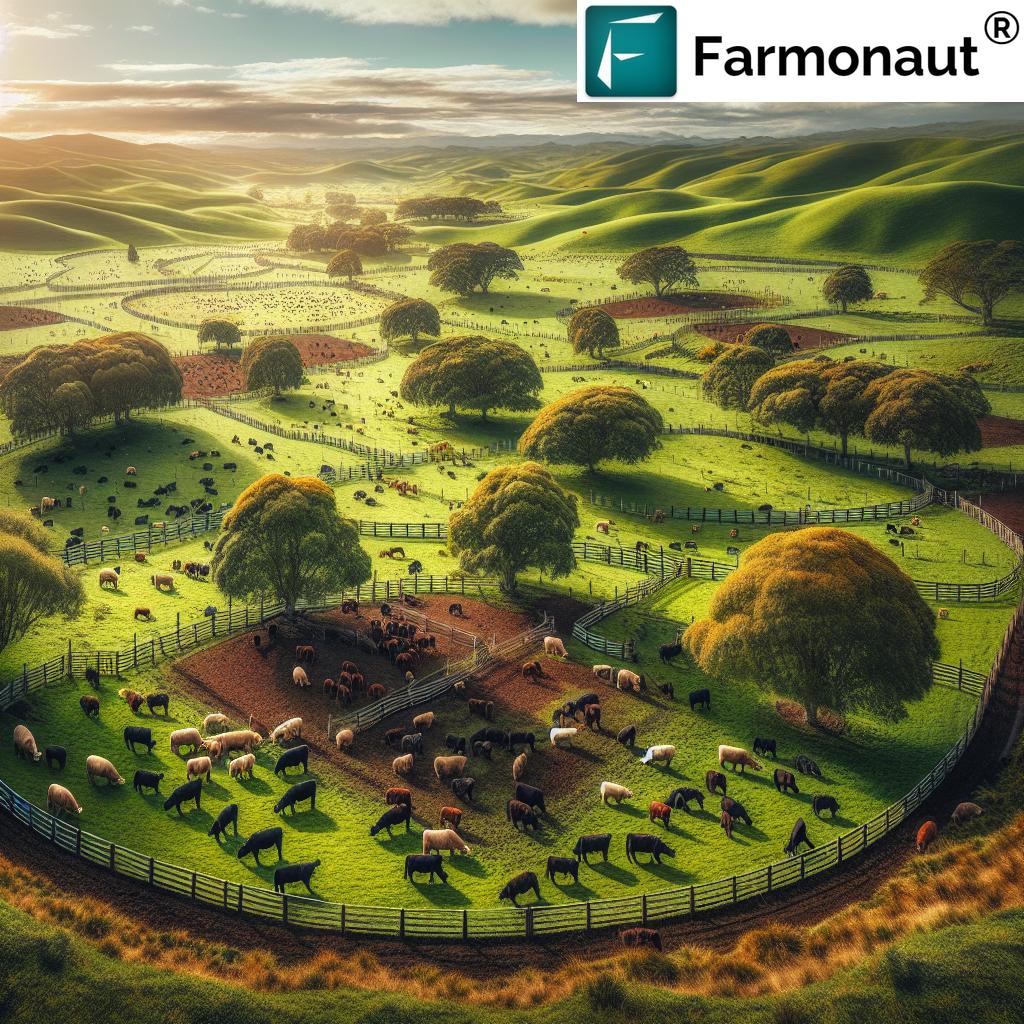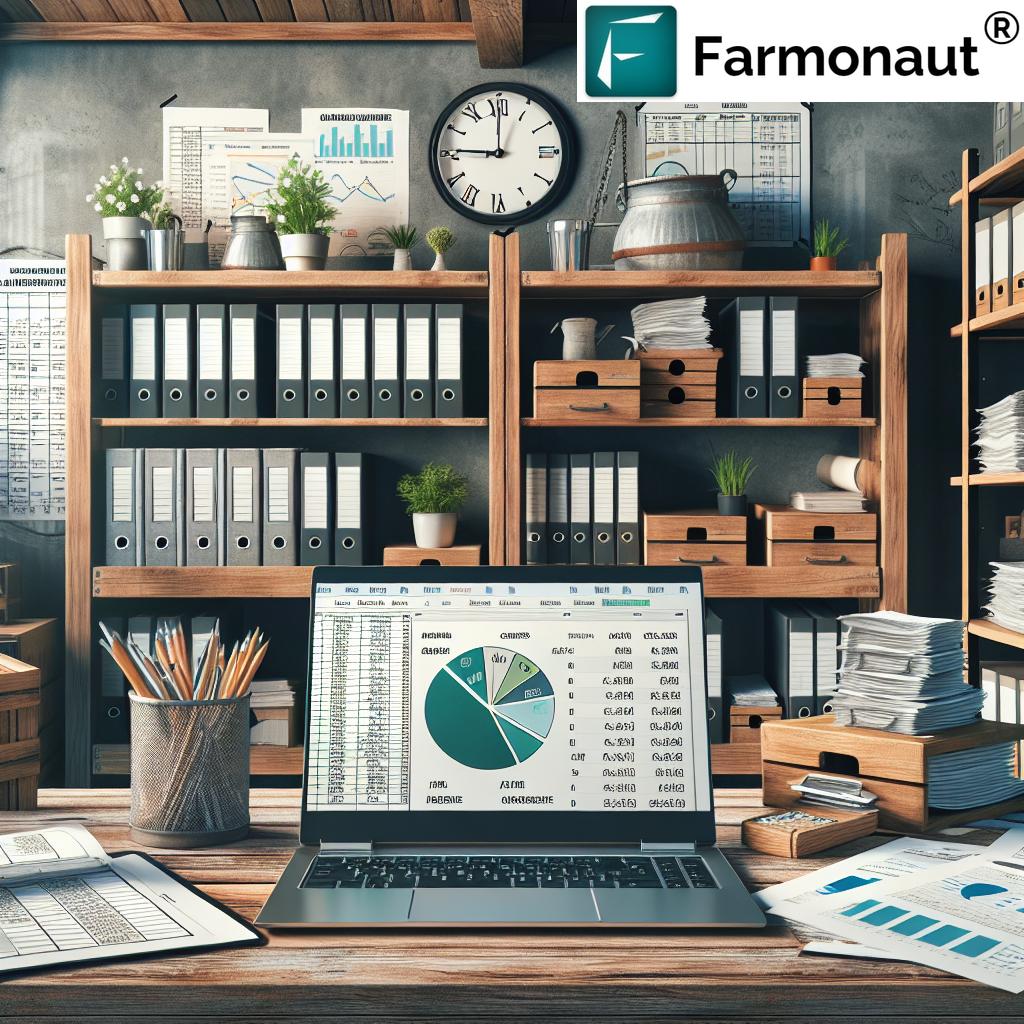Best Sustainable Agriculture Methods: Top 4 for 2025
“Agroforestry can boost farm biodiversity by up to 30% compared to conventional monoculture systems.”
Sustainable Agriculture: The Best Methods Shaping Farming in 2025
In 2025, sustainable agriculture takes center stage as a transformative force, balancing the urgent need for increased crop yields with the imperative of environmental preservation and social equity. The global population continues to grow and climate change intensifies, making it no longer optional but essential for farmers everywhere to adopt sustainable methods of farming and sustainable farming methods.
The focus keyword Best Sustainable Agriculture Methods is not just trending in 2025. It shapes the current and future practices of how our food is grown. With mounting evidence showing the dangers of soil degradation, water loss, nutrient depletion, and biodiversity loss, it’s clear that sustainable agriculture practices hold the answers needed to meet food needs without compromising the ability of future generations.
What is Sustainable Agriculture?
Sustainable agriculture refers to a holistic approach to farming that meets present food needs without compromising the ability of future generations to meet their needs. This concept is rooted in the principle of balancing environmental health, economic profitability, and social responsibility—the three pillars of sustainability.
- Environmental preservation: Protects soil, water, and biodiversity, and reduces pollution.
- Economic viability: Ensures farmers can sustain their livelihoods.
- Social equity: Provides fair opportunities and quality of life for farming communities.
Sustainable farming methods integrate traditional knowledge with innovative tools, ensuring resilience in the face of climate extremes and global shifts. In this context, soil health, water management, biodiversity conservation, and community wellbeing are all critical elements.
Why Sustainable Agriculture Methods Are Critical in 2025
The challenges facing agriculture and food production in 2025 are complex:
- Climate change intensifies droughts, floods, and pest pressures, requiring resilient systems.
- Population growth increases demand for food, land, and water resources.
- Soil degradation and loss of arable land threaten future productivity.
- Resource scarcity—like phosphorus, water, and fertile topsoil—demands efficient management.
- Biodiversity loss weakens ecosystem resilience and food security.
Adopting sustainable agriculture methods in 2025 is thus no longer optional—it’s essential for ensuring food security, environmental health, and societal stability for future generations.
Comparative Summary Table: Top 4 Sustainable Agriculture Methods for 2025
These 4 methods of sustainable agriculture—Agroforestry, Conservation Tillage, Integrated Pest Management (IPM), and Crop Diversification and Rotation—stand out for their ability to deliver major environmental, economic, and social advantages, shaping farming in 2025 and beyond.
Top 4 Methods of Sustainable Agriculture for 2025
1. Agroforestry: Integrating Trees for Sustainable Farming
Agroforestry combines the cultivation of trees and shrubs with crops and/or livestock in a single farming system. In 2025, this method of sustainable agriculture is rising in popularity across diverse regions, thanks to its proven ability to enhance sustainability, diversity, and climate resilience.
- Soil improvement: Roots stabilize soil, reduce erosion, boost organic matter, and foster beneficial microbial life.
- Biodiversity: Agroforestry supports more birds, pollinators, and natural pest predators, promoting a vibrant farm ecosystem.
- Water management: Trees reduce runoff, shade crops to maintain moisture, and help moderate local climates.
- Carbon sequestration: Trees actively sequester carbon, helping to combat climate change.
- Additional income: Farmers can harvest timber, fruit, nuts, or medicines, diversifying income sources.
*Mimicking natural ecosystems* by layering plants (multi-strata systems), agroforestry leads to more resilient and productive agricultural zones. It’s a method of sustainable agriculture that’s as old as traditional farming but sharpened with modern insights and tools.
2. Conservation Tillage: Preserving Soil Structure & Reducing Erosion
Traditional tillage often leaves soil disturbed and vulnerable, leading to degradation, erosion, and loss of organic matter. Conservation tillage in 2025 uses techniques like no-till, strip-till, or minimum-till to minimize disturbance of soil.
- Reduces erosion: Residue cover protects the soil surface, preventing massive soil loss.
- Preserves moisture: Less disturbance leads to better water retention.
- Lowers fuel & labor: Fewer passes over fields (precision agriculture methods) mean lower costs and emissions.
- Improves soil health: Beneficial organisms thrive in undisturbed soil structure.
In 2025, conservation tillage is increasingly practical for farmers, aided by AI tools, precision planting, and remote monitoring. These practices collectively usher in a new era of sustainable agriculture, maximizing yields while minimizing negative environmental impacts.
3. Integrated Pest Management (IPM): Targeted, Eco-Friendly Pest Control
IPM is a sustainable method of farming that reduces dependence on chemical pesticides by integrating biological, cultural, and mechanical controls. It’s a critical approach in 2025, where pest outbreaks are more volatile due to climate change.
- Monitoring: AI sensors, drones, and field scouting identify pest levels early, allowing precise interventions.
- Biological controls: Releasing predatory insects or using trap crops controls pests naturally.
- Cultural methods: Adjusting crop rotation, planting times, and habitat management disrupts pest cycles.
- Judicious pesticide use: Chemicals are applied only when necessary and as a last resort.
With integrated pest management, farmers reduce environmental pollution, protect beneficial species, and preserve overall ecosystem health, making it a best method of sustainable agriculture for the future.
4. Crop Diversification and Rotation: Building Resilient Agroecosystems
Monoculture—the practice of growing a single crop type year after year—makes systems vulnerable to nutrient depletion, pests, diseases, and climate shocks. In 2025, crop diversification and rotation are recognized as effective methods of sustainable agriculture that boost soil health and yields.
- Diversifies cropping systems: Mixing grains with legumes, or introducing cover crops, enhances biodiversity and nutrient cycling.
- Breaks pest & disease cycles: Crops alternated in space and time reduce pest adaptation and soil-borne diseases.
- Improves resilience: Diverse systems are less likely to fail entirely under extreme climate or market shocks.
- Supports pollinators: Flowering crops foster healthy pollinator communities, vital for food security.
Regional seed banks and data-driven variety selection (from agricultural advisory apps) supercharge the benefits of this sustainable farming method.
Additional Sustainable Practices Shaping the Future of Farming
Alongside the top 4 methods of sustainable agriculture, these supporting practices and technologies help make modern farms even more resilient, productive, and eco-friendly:
Water Management and Irrigation
- Drip and sprinkler irrigation reduce water waste, delivering precise amounts to the root zone.
- Rainwater harvesting captures and stores water for dry periods, supporting drought resilience.
- Soil moisture sensors (see Farmonaut remote sensing tools) optimize irrigation schedules, maintaining ideal soil conditions.
Organic Practices and Soil Fertility
- Organic farming avoids synthetic chemicals, protecting soil health and biodiversity.
- Composting and cover cropping enrich the soil and retain moisture and nutrients.
Carbon Footprinting and Climate-Smart Decisions
-
Tracking carbon emissions helps farms cut greenhouse gases and access premium markets.
Use Farmonaut’s carbon footprinting tools to monitor and improve sustainability metrics.
Blockchain & Product Traceability
-
Blockchain-based traceability secures supply chain data, ensuring food safety and quality.
Explore Farmonaut’s traceability solutions for transparent and trusted agriculture products.
Resource & Fleet Management
-
Smart fleet management reduces fuel use and streamlines logistics, lowering both costs and emissions.
Learn more about Farmonaut’s satellite-based fleet management and resource optimization.
Financing and Insurance Supported by Tech
-
Satellite-based crop verification accelerates loan and insurance approvals for farmers.
Discover Farmonaut’s crop loan and insurance verification services.
Technology, Tools, and Farmonaut’s Role in Sustainable Agriculture
Modern sustainable agriculture practices are increasingly shaped by leading-edge technology:
- Satellite imagery (NDVI, multispectral): Tracks vegetation health, soil moisture, and landscape changes in real time.
- AI and Machine Learning: Enhance predictions for yields, pest outbreaks, and resource needs.
- Blockchain: Secures traceability of products, empowering responsible markets.
- API integration: Farm data & weather insights flow seamlessly into farm management systems.
At Farmonaut, we focus on making advanced satellite-enabled advisory tools accessible to everyone—from smallholders to governments and large agribusinesses. Our large-scale farm management platform leverages multispectral satellite data, real-time analytics, and blockchain, putting practical, data-driven insights into farmers’ hands—improving yields, reducing losses, and accelerating the adoption of the best methods of sustainable agriculture.
Farmonaut Subscription Plans & Pricing
Explore cost-effective subscription plans for satellite-based crop monitoring, AI-powered advisory, and resource management below.
FAQ: Best Sustainable Agriculture Methods for 2025
What is the best method of sustainable agriculture in 2025?
The best method of sustainable agriculture in 2025 is not a single technique, but rather a combination of practices adapted to local ecosystems and farm goals. The leading methods include agroforestry, conservation tillage, integrated pest management (IPM), and crop diversification/rotation. Together, these approaches offer resilience, increased productivity, and the best environmental and social benefits.
Why do farmers need to adopt sustainable methods?
Sustainable methods of farming are essential for protecting soil health, conserving water, promoting biodiversity, increasing farm profitability, and building agricultural systems that can withstand climate change. These practices ensure farms remain productive—now and for future generations.
How does technology support sustainable farming?
Technologies such as satellite imagery, AI-based advisory platforms, blockchain, and remote sensors help farmers make smarter, data-driven decisions. These tools allow precise application of water, fertilizer, and inputs, early detection of pest outbreaks, and transparent supply chain management. Farmonaut’s platform exemplifies affordable, accessible, and highly effective agricultural technology for sustainability.
Can sustainable agriculture practices improve food security?
Absolutely. Sustainable agriculture builds soil fertility, preserves resources, and diversifies crops. This increases yields over the long term and helps prevent crop failures, strengthening global and regional food security.
Conclusion: Shaping Farming for Future Generations
The best sustainable agriculture methods for 2025—agroforestry, conservation tillage, integrated pest management, and crop diversification/rotation—highlight the evolution of agriculture toward resilience, efficiency, and ecological harmony. Equipping farmers with data-driven tools and supporting the integration of these innovative and traditional methods are key to balancing food production with environmental preservation and social equity.
As we move into an era where agriculture must serve both current and future generations, embracing these sustainable methods of farming is essential. Leveraging technology and precision management enables us to maximize yields, minimize waste, and ensure a safe, secure food future—within planetary boundaries.
At Farmonaut, we are committed to democratizing access to advanced agricultural technology, helping farms of all sizes thrive sustainably throughout 2025 and beyond.













